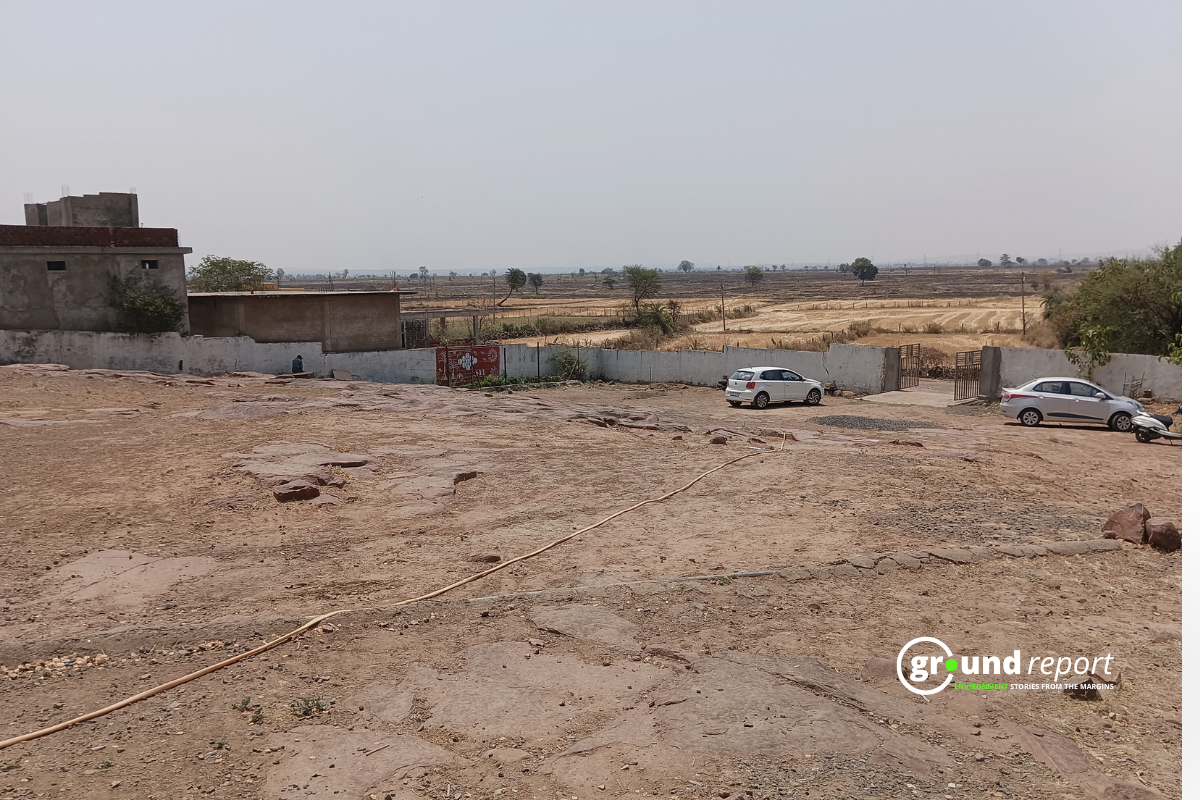The 2023 El Niño event that caused record-breaking global temperatures and extreme weather is showing signs of dissipating. However, climate experts warn that the relief from the heat may be temporary as the World Meteorological Organization (WMO) raises the risk of a La Niña return in 2024.
Chance of La Niña increases
According to the latest forecasts from the WMO’s Global Producing Centers, the probability of neutral climate conditions or a La Niña event during June-August is 50%. However, the probability increases to 60% for July-September and 70% for August-November.
“El Niño is winding down, but our models indicate La Niña conditions could redevelop over the Pacific in the coming months. This shift does not signal a slowing of human-caused global warming.”
La Niña has cooler sea surface temps in the central and eastern equatorial Pacific, and has opposite climate impacts to El Niño’s heat and drought. Effects can vary based on the intensity, duration, and timing of each event.
“La Niña usually brings more rain to Southeast Asia, Australia, and South America, while raising drought risks in West Africa and the southern United States,” said Julio Paredes, a meteorologist at Mexico’s National Water Commission. “But global temperature anomalies don’t vanish.”
2023 hottest year on record globally
The latest data shows that 2023 is the hottest year on record globally. Every month since June has set a new temperature milestone. According to the WMO’s Copernicus Climate Change Service, global temperatures soared 1.52°C above pre-industrial averages in May 2024 – the 11th straight month above the 1.5°C warming threshold targeted in the Paris Agreement.
“The end of El Niño doesn’t mean climate change will stop,” said Emma Salisbury, a research fellow at the University of Auckland. “Our planet will continue warming due to heat-trapping greenhouse gases, and rising sea temperatures will continue playing a pivotal role.”
Salisbury noted that the cooling effects of the prolonged La Niña period from 2020-2023 did little to offset the accelerating temperature rise. 9 of the last 9 years ranked among the hottest on record globally. The December 2023 El Niño was also one of the five strongest events recorded.
Ko Barrett, who led the WMO delegation at recent climate talks, stressed the urgency of bolstering early warning systems worldwide to prepare for shifting extremes due to the La Niña forecast.
“Our weather will become more extreme due to the additional heat and moisture in our atmosphere,” Barrett said. “Seasonal forecasts for El Niño, La Niña and their projected climate impacts are vital for informing early action to protect lives and livelihoods.”
La Niña brings relief from El Niño’s heat
La Niña brings relief from El Niño’s heat and drought but increases flooding risks in South America, Southeast Asia, East Africa, Indonesia and the Philippines. These hazards could compound the impacts of global warming fueled by human emissions of greenhouse gases.
“The climate oscillations we’ve observed for centuries are now supercharged by human activities,” Salisbury said. “Curbing emissions is crucial, but the hard truth is we’re locked into further warming and escalating extremes for decades. Resilience has become a matter of survival.”
The WMO also cited low confidence in current model forecasts for the strength and duration of any potential La Niña due to the “spring prediction barrier” that limits forecast skill this time of year across the Northern Hemisphere.
La Niña’s arrival could bring temporary localized cooling, but climate scientists emphasize the need to cut emissions to address the root cause of escalating heat – the buildup of greenhouse gases from burning fossil fuels and deforestation.
“Our climate is in a state of persistent emergency,” Taalas said. “Only aggressive, coordinated action can pull us back from the brink of unmanageable global warming impacts.”
Keep Reading
Part 1: Cloudburst in Ganderbal’s Padabal village & unfulfilled promises
India braces for intense 2024 monsoon amid recent deadly weather trends
Support us to keep independent environmental journalism alive in India.
Follow Ground Report on X, Instagram and Facebook for environmental and underreported stories from the margins. Give us feedback on our email id greport2018@gmail.com.
Don’t forget to Subscribe to our weekly newsletter, Join our community on WhatsApp, and Follow our YouTube Channel for video stories.









